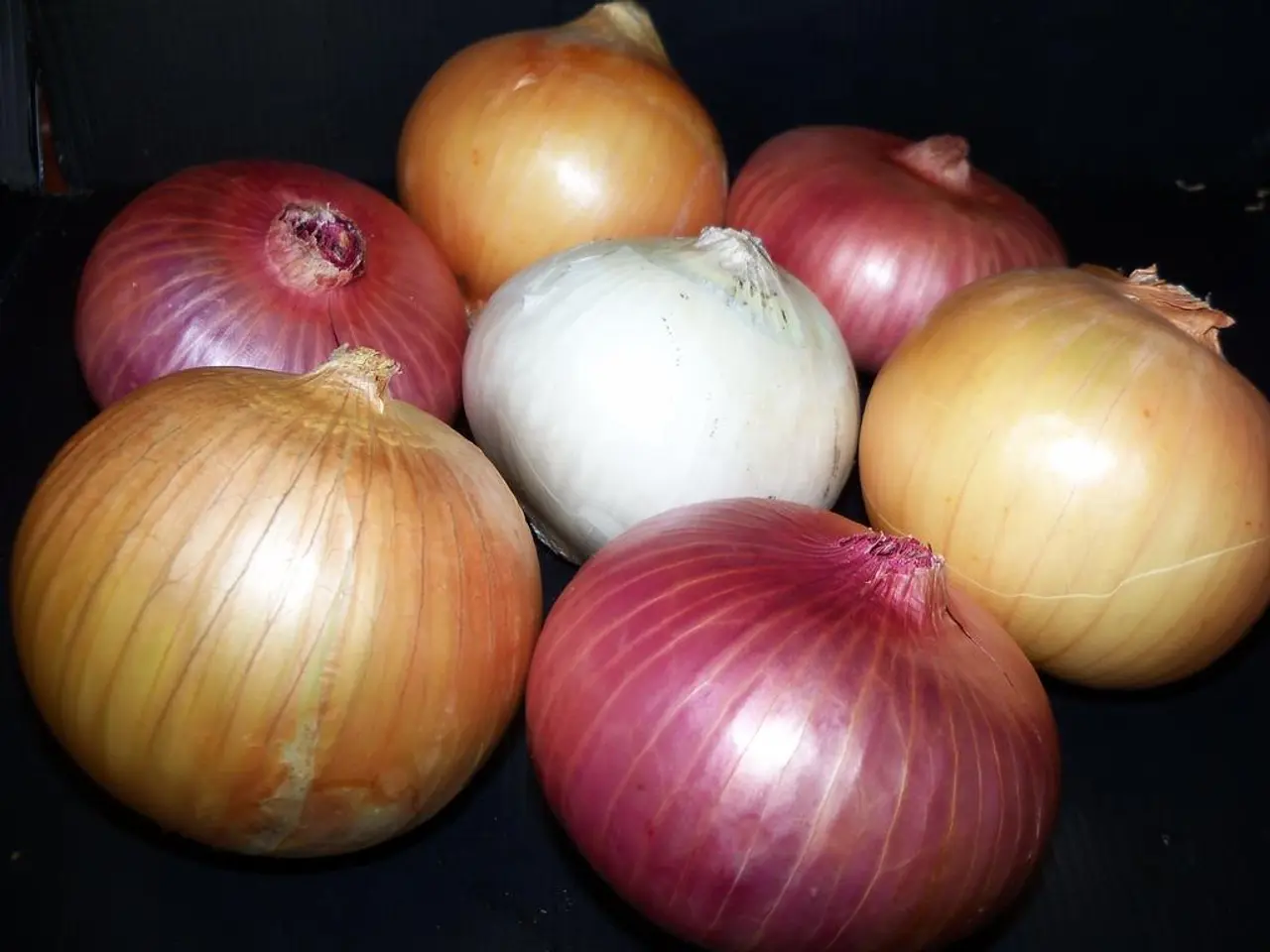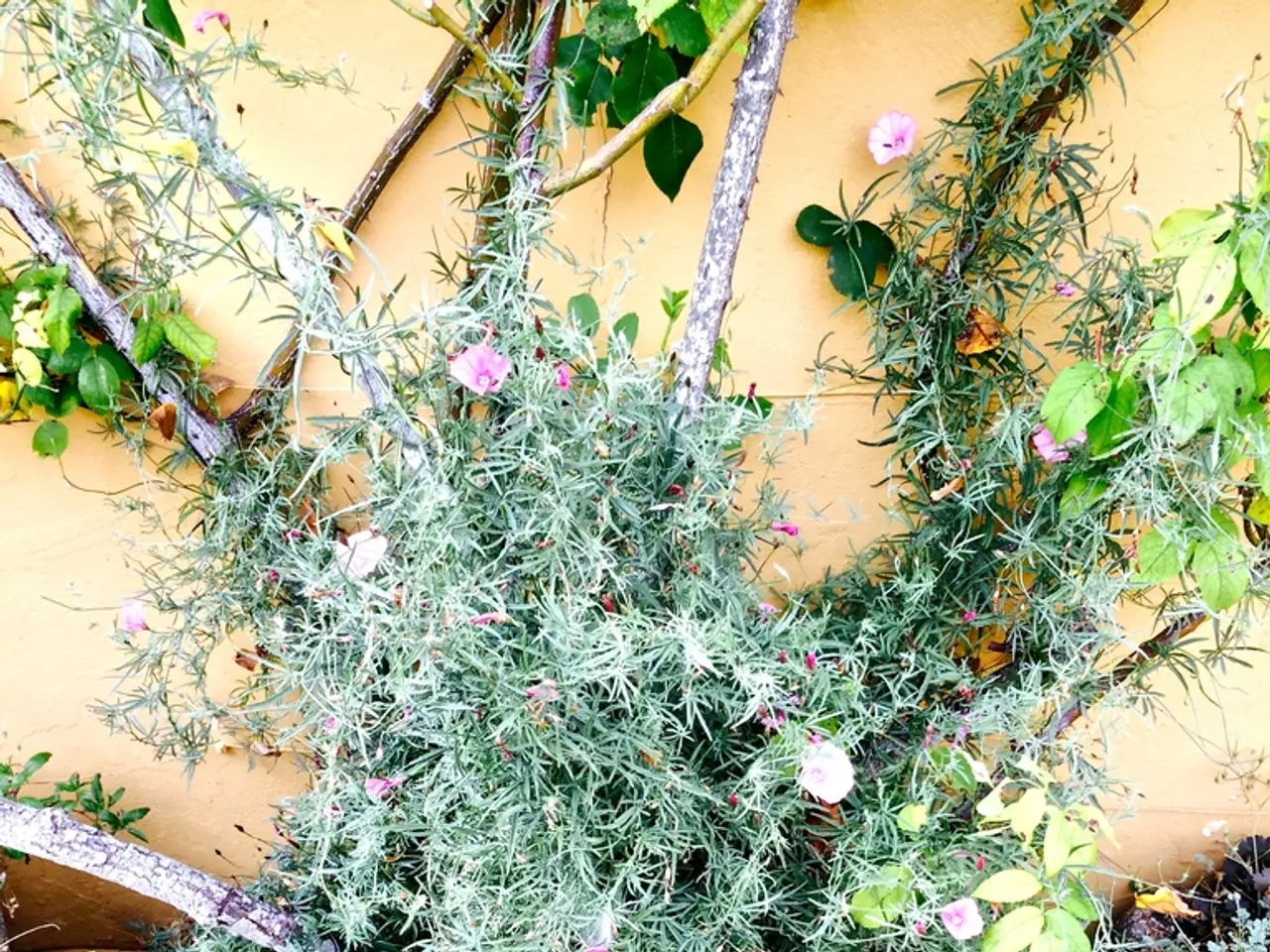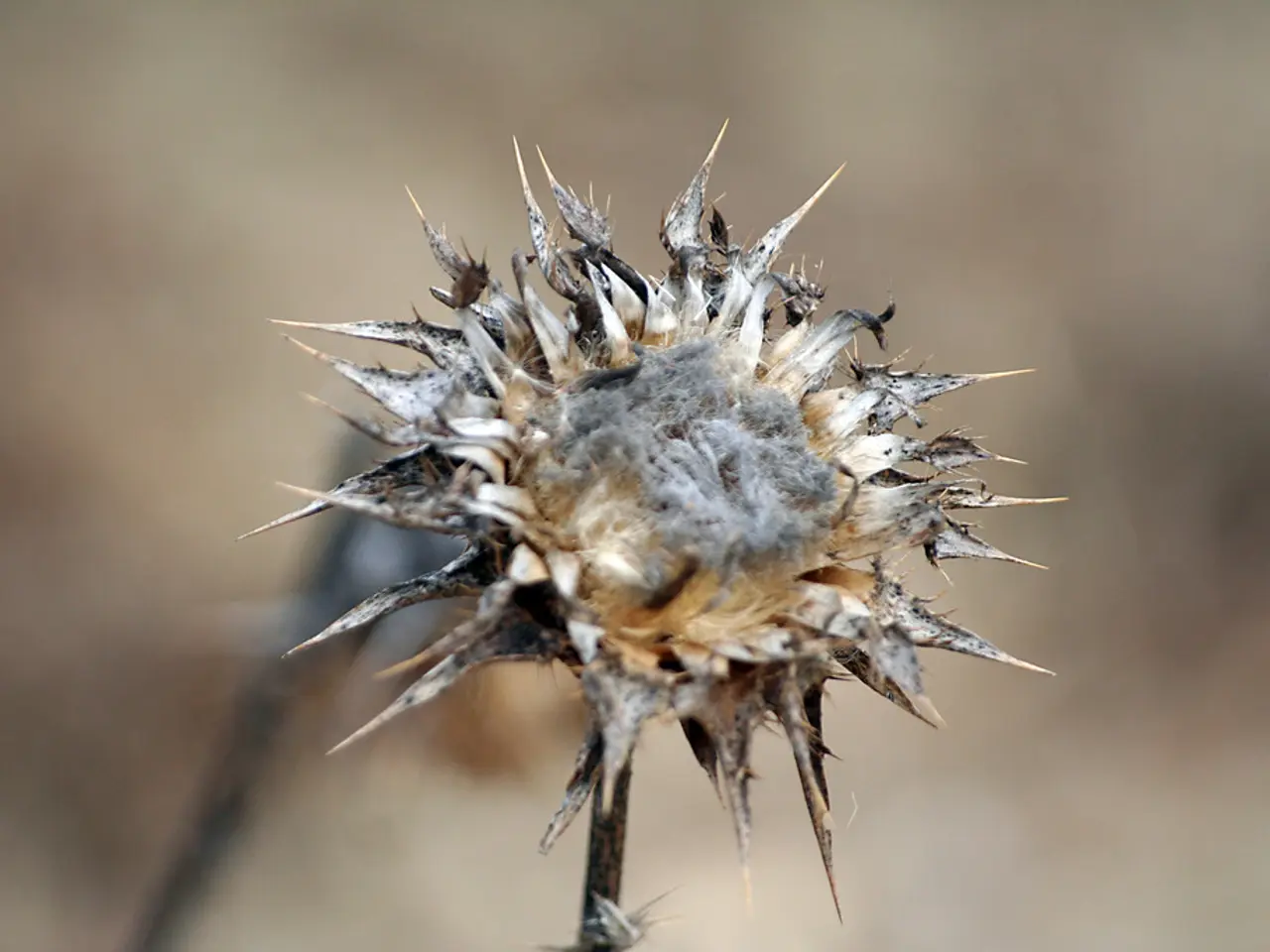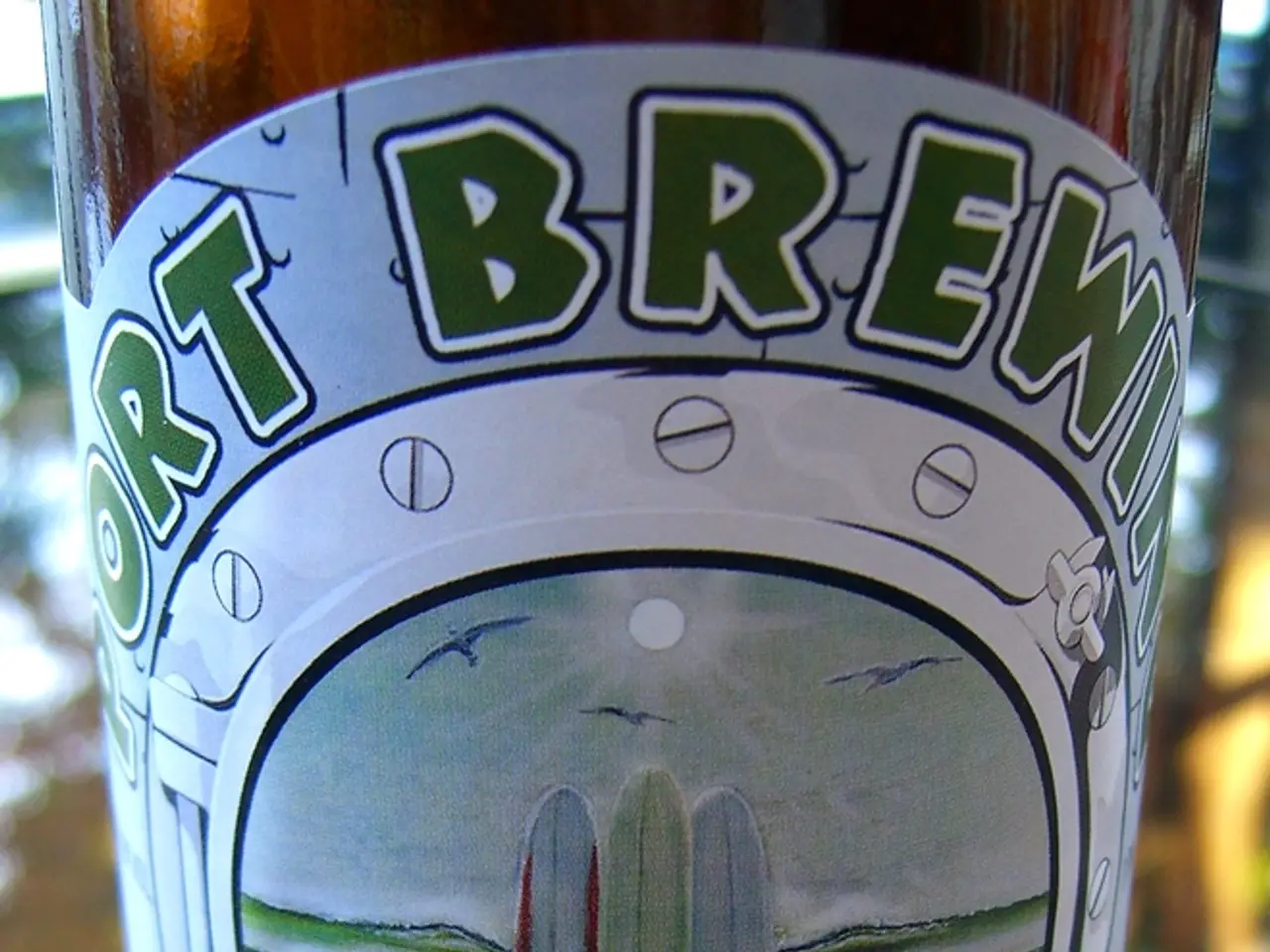Methods for Drilling Drainage Holes in Planters: Gardening Experts Propose Simple Techniques for Various Material Containers
As a passionate indoor gardener, there's nothing more frustrating than finding a perfect planter for your container plants... only to realize it lacks a crucial feature: a drainage hole. But worry not! Here's a guide on how to add drainage holes to planters of various materials, courtesy of gardening experts.
Oh, excess moisture in container gardening? It can lead to nasty situations like root rot and fungal diseases. Even if you've placed gravel at the bottom of your planter for drainage, a drainage hole can help further reduce the risk. Now, what if you've found the perfect planter for your yard but it comes with a solid base? Let's fix it!
Techniques to Add Drainage Holes to Planters
Watering plants in containers requires some caution. Too much water can lead to your plant roots rotting in oversaturated soil, and a drainage hole helps prevent this mess. Here are common planter materials and how they can be drilled to add a drainage hole.
1. Terracotta Clay Pots
Clay pots are relatively easy to drill due to their porous nature and soft texture. For best results:
- Submerge the pot in water for an hour or overnight to reduce the risk of cracking.
- Use a diamond drill bit and place tape over the spot to keep the drill steady.
- Start with a small bit, drill slowly, and gradually work up to the size you need.
- Remove the tape and wipe away any shavings.
Pro tip: Add a drip tray for indoor planters to catch excess water and prevent drips.
2. Plastic Pots
'Plastic pots are the easiest to drill,' says gardening expert Laura Janney.
- Use a drill and a wood boring drill bit for large pots. If the pot is thin, try using a heated nail to melt a hole instead.
- Work outside or in a well-ventilated area to avoid fumes when using the heated nail method.
- Clean up any sharp edges with sandpaper to avoid potential cuts.
Pro tip: Running the drill backwards clockwise instead of clockwise can prevent plastic from burring.
3. Ceramic Planters
While ceramic planters are the trickiest, they can be drilled with patience.
- Use a diamond or masonry drill bit.
- Mark the spot, apply tape to stabilize the drill bit, and drill slowly to avoid cracks.
- Drill from both inside and outside for added strength.
For successful, well-draining planters, follow these steps and watch your plants thrive. Remember, healthy plants equals a happy gardener!
Happy gardening!
- Even if you've placed gravel at the bottom of your terracotta clay pot for drainage, a drainage hole can help further reduce the risk of root rot and fungal diseases, as excess moisture in container gardening can lead to nasty situations like these.
- If you've found the perfect ceramic planter for your home-and-garden but it comes with a solid base, don't let that deter you. With patience and the right techniques, you can drill a drainage hole using a diamond or masonry drill bit. This will ensure proper drainage and help your plants grow healthier, making your lifestyle as a gardener that much more enjoyable.








